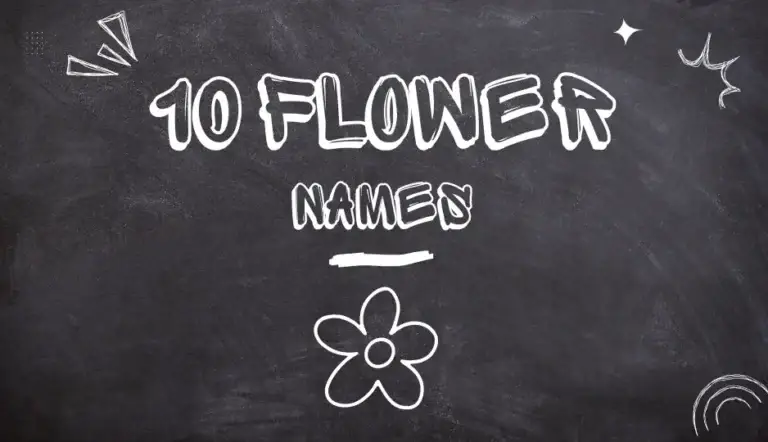Climbers Plants Examples with Names: Kids love plants, and this love can be translated into knowledge through learning about the different types of plants. Climbers are a type of plant that kids will enjoy learning about.
There are many names for climbers, and this is a great opportunity to teach children about plants and their names. It is also good with the time Kids also learn about gardening and get more knowledge about the mother nature.
Climbing plants have sprouted in exceedingly cold locations due to their unusual growth habit and unique names. Some of the most well-known ones include Asiatic lily, Japanese ivy and English ivy. Their reputation is such that they’re often found in the wild in almost any region.
These plants can grow quickly and have long trailing vines that can easily climb up walls and ceilings. Some other common climbers plants include the Peace Lily, Crinum lily, Spider Plant, and Mother-in-Law’s Tongue. In this post, We come with a list of climbers plants with names for kids so that they can learn more about different plant.
Climbers Plants Examples with Names for School Kids to Learn : Types of Climbers Plants
Climbers plants are those that grow up and around a support, such as a trellis or wire fence. They provide cover for birds and other animals, and can add interest and color to a garden.
Climbers plants examples with names include: Chinese jade, morning glory vines, common ivy, spiderweb vine, Japanese maple, etc.
1. Chinese Jade
In the world of jade, there are many different types and colors. Chinese jade is known for its green color, but it also comes in other colors such as black, blue, brown, gray, and yellow. There are many different types of Chinese jade including nephrite and jadeite. Nephrite is a type of Chinese jade that is found in Central China. Jadeite is a more rare type of Chinese jade that is found in the north-central part of China.

Jade has been used by the Chinese for centuries as a form of jewelry and decoration. It has also been used as an ingredient in many traditional medicines. Today, Chinese jade is prized for its beauty and rarity worldwide.
2. Morning Glory Vines
This is the another examples of climbers plant. Morning glory vines are some of the most popular climbers plants. They are easy to care for and have a long flowering period. There are many different varieties of morning glory vines, so be sure to choose the one that is right for your garden.

Some common names for morning glory vines include: English ivy, Indian ivy, Japanese ivy, Spanish ivy, Chinese privet, and ribbon vine.
These plants grow quickly and can easily cover an area with their trailing vines. Morning glory vines are also known for their bright flowers that often bloom in shades of blue or purple.
3. Star Jasmine
When you think of jasmine, what comes to mind? For many people, the sweet fragrance of this climbing plant is synonymous with relaxation and peace.
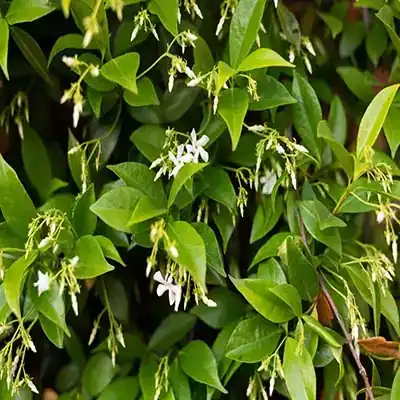
Jasmine has been cultivated for centuries for its beautiful flowers, and it can be found in a variety of gardens and landscapes worldwide.
Jasmine is not the only flowering plant associated with happiness. Many others have therapeutic properties that make them valuable additions to gardens and landscaping.
4. Butterfly Pea
If you’re looking for a gardening that will add a touch of nature to your garden, the butterfly pea may be the perfect choice. These plants are easy to grow and have lovely flowers that bloom in different colors, depending on the variety.
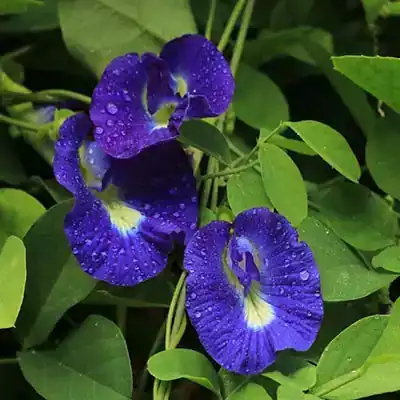
Some of the most popular varieties include pink, white, yellow, light purple and lavender. Butterfly peas can be used in a number of ways in your garden.
They make great ground cover plants or can be planted in containers to provide height and interest. They are also perfect for adding color and texture to any landscaping design.
5. Flame Plant
Flame plants are a type of succulent plant that is characterized by its long, thin, wiry stems and bright-red or orange flowers. These plants are native to North America, Europe, and Africa and can be found growing in shady areas or near the edge of cliffs.
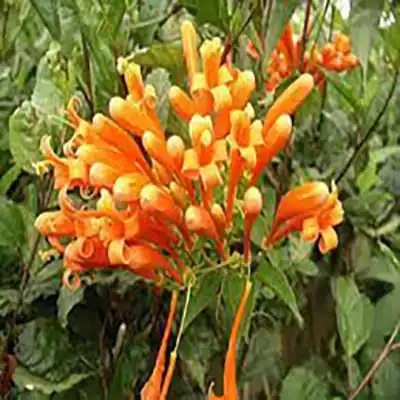
Flame plants grow quickly and can reach up to one meter in height, making them an ideal choice for a climbing plant.
These plants have soft leaves that are easy to scratch and they need plenty of water to stay healthy.
Flame plants do best in warm climates but can tolerate a few degrees of frost. They are also susceptible to aphids and other insect pests, so make sure to keep an eye on them.
6. Money Plant
Money plants are popular in homes due to their striking foliage and ability to grow indoors. One such money plant is the Ficus benjamina, also known as the Banyan Tree.
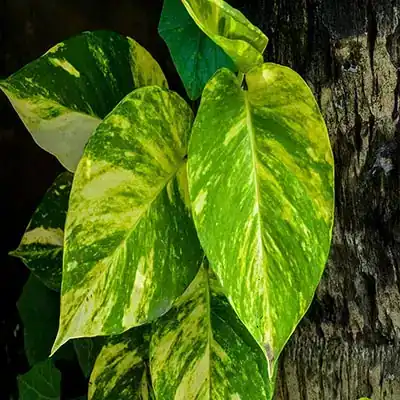
This type of plant is easy to care for, can adapt to a variety of environments, and produces large amounts of lush leaves that can be used in numerous ways. Other popular money plants include the philodendron, which can grow into an impressive tree-like form, and the Peace lily, which produces beautiful white flowers year-round.
7. Spiderweb Vine
Spiderweb vine can be found growing in many different parts of the world. It typically grows in locations that have high humidity and a moderate temperature.
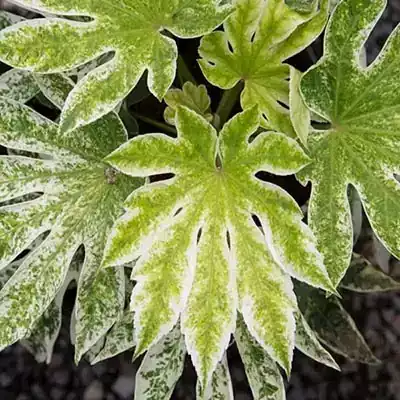
Spiderweb vine is known for its ability to climb trees and other objects. The leaves of spiderweb vine are shaped like a web and they have sharp edges.
8. Allamanda
Allamanda is a genus of about 25 species of plants in the family Rubiaceae. The genus is native to the tropical Americas, from Mexico south to Argentina. Many of the common name climbers, such as allamanda, bishop’s weed, and English ivy, are commonly found in gardens across North America.
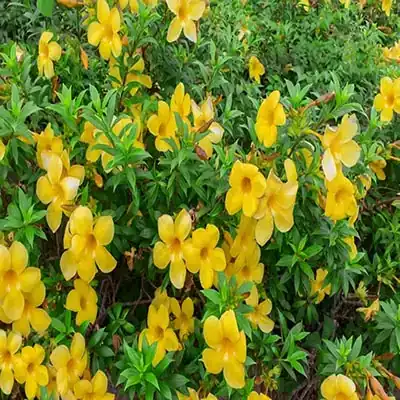
The name allamanda comes from the Spanish word almendro, meaning “almond,” in reference to the fruit of some species. Some species are popular for their attractive flowers or vines that can grow quickly and cover large areas.
9. Bougainvillea
Bougainvillea are climbers, meaning they grow quickly by attaching themselves to a sturdy support. There are many types of bougainvillea with colorful flowers, but the common type is the pineapple bougainvillea.
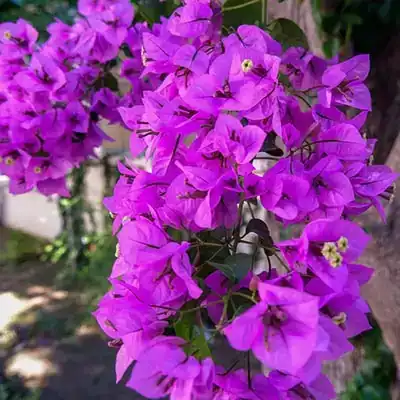
The blooms are typically red, orange, yellow, or green and can be up to 4 inches wide. Bougainvillea can be found in many climates around the world and are popular in USDA hardiness zones 10 through 12.
10. Mandevilla
Mandevilla is a popular climbing plant because of its dense foliage and ability to quickly grow into a large shrub. As a climbing plant, mandevilla can reach heights of 10-15 feet tall with narrow leaves that twist and turn as they climb.
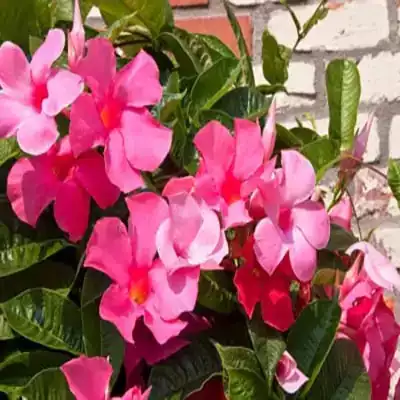
This versatility makes it a great choice for both indoor and outdoor use. Some common uses for mandevilla include: patios, balconies, decks, terraces, flower beds, and even as an ornamental tree in gardens.
11. Railway Creeper
Railway Creeper (Acanthus spinosus) is a genus of flowering plants in the legume family, Fabaceae. It is native to much of North America, where it grows in dry habitats such as hillsides and meadows.
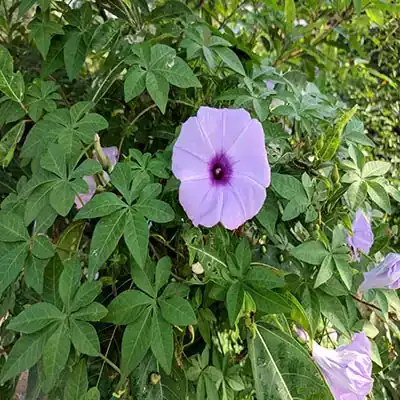
The name “railway creeper” is derived from the habit of the plants’ vines sprawling along railway tracks.
Some general recommendations for choosing climbers include:
1. Choose climbers that have soft leaves and stems; these will be less likely to damage your property.
2. Choose vines that have tendrils or hooks at the end of their vines; these will help them attach to surfaces.
3. Choose vines with a strong, stiff stem and large leaves; these will be easier to support.
4. Choose vines that have strong stems and foliage.
5. Choose vines that are hardy in most of your area’s climate conditions; these will survive the winter months without damage.
Wrap up on Climbers Plants examples with names for school kids to learn
In conclusion, climbers plants are an easy way for school kids to learn about the different types of plants and their names. These plants can be used as a teaching tool in classrooms, providing students with an opportunity to learn about the natural world around them.
We hope that these examples have inspired you to learn more about plants and to find some new climbers plants to add to your garden or school classroom! Whether you are a beginner or an experienced gardener, we hope that these examples have given you some new ideas for learning about plants.
FAQ – Climbers Plants examples with names for school kids to learn
What are 10 examples of climbers?
Climbing plants are often used to teach children about the environment and the importance of conservation. Here are 10 examples of climbers plants that you can use in your classroom:
1.Railway Creeper
2.Mandevilla
3.Bougainvillea
4.Allamanda
5.Aloe vera
6.Spiderweb Vine
7.Money Plant
8.Butterfly Pea
9.Star Jasmine
10.Chinese Jade
Is mango tree a climber?
Mango trees may not be the first plants that come to mind when you think of climbers, but they are actually fairly versatile.
What is the easiest climbing plant to grow?
There are many plants that can be grown as climbers, but the easiest to grow is probably a bromeliad. Bromeliads are succulents that have a trunk that grows up out of the soil and then branches into many small leaves and flowers. You can buy bromeliads in garden centers or online, or you can find them growing wild in warm climates. Just be sure to water them regularly, and they will thrive in most soil conditions.

